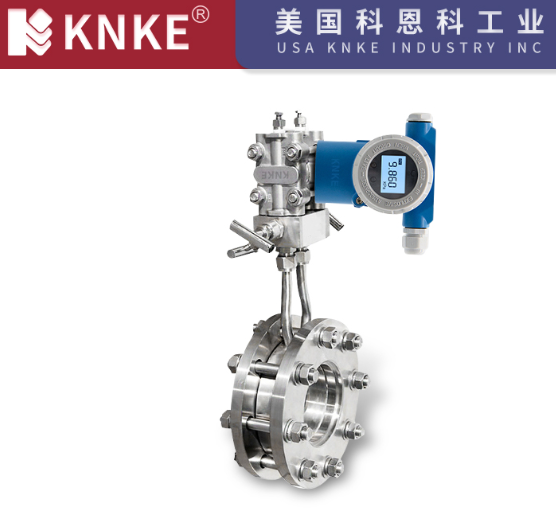Installation Methods of Orifice Flow Meters
Orifice flow meters are widely used in industrial pipelines for accurate flow measurement. Proper installation ensures the efficiency and stability of these devices. This article outlines the best practices for installing orifice flow meters to guarantee their reliable operation.

1. Flanged Orifice Plate Assemblies Installation Requirements
For flanged orifice flow meters, it is essential to install the device as an integrated unit, ensuring that the flanges remain perpendicular to the pipeline. This installation method ensures a proper seal and maintains accurate flow measurements. If integral installation is not feasible, carefully check the alignment of the flanges with the pipeline. Ensure the faces of the flanges are parallel to avoid leakage and measurement errors.
2. Installing Flanged Orifice Plates
Installing flanged orifice plates is simple. Place the orifice plate between the flanges and tighten them. Ensure that the flange faces remain perpendicular to the pipeline’s axis to guarantee a secure seal and accurate measurements. When disassembling, handle the flanges carefully to prevent misalignment, which could impact the measurement accuracy.
3. Installing Welded Orifice Plates
Welded orifice plates require welding the flanges to the pipeline. Align the orifice plate’s axis with the pipeline axis during the welding process to maintain accuracy. Misalignment can disrupt fluid flow and cause measurement errors. Proper welding procedures and precise alignment are essential for reliable performance and longevity.
4. Pre-installation Checks and Preparations
Before installing the orifice flow meter, flush the pipeline to remove debris and sediment. Inspect the differential pressure transmitters, heat dissipation devices, and orifice plates for potential safety hazards or leaks. Handle all components carefully to avoid damaging the seals or sensitive surfaces.
Frequently Asked Questions (FAQs)
Q1: Why is it important to keep the flanges perpendicular to the pipeline?
A1: Keeping the flanges perpendicular to the pipeline ensures a proper seal. Misalignment can lead to leakage and measurement inaccuracies. It is crucial for the performance and accuracy of the orifice flow meter.
Q2: Can I install a flanged orifice plate in any pipeline?
A2: Generally, you can install a flanged orifice plate in most pipelines. However, ensure the pipeline size matches the orifice plate specifications and that the flanges are aligned correctly. Poor alignment or incorrect sizing could result in improper sealing and flow measurement errors.
Q3: How do I perform a proper pre-installation check for the orifice flow meter?
A3: Before installation, flush the pipeline to remove any debris or sediment that might obstruct flow. Check for any leaks, cracks, or damage to the differential pressure transmitters and heat dissipation devices. Handling all components with care during installation is also crucial to avoid damaging the seals.
The correct installation of orifice flow meters is crucial for accurate flow measurement and the long-term performance of the device. Following the outlined steps ensures the proper function of the meter, minimizing errors and damage. Proper installation not only improves efficiency but also reduces maintenance costs, ensuring stable and reliable flow measurement over time.
